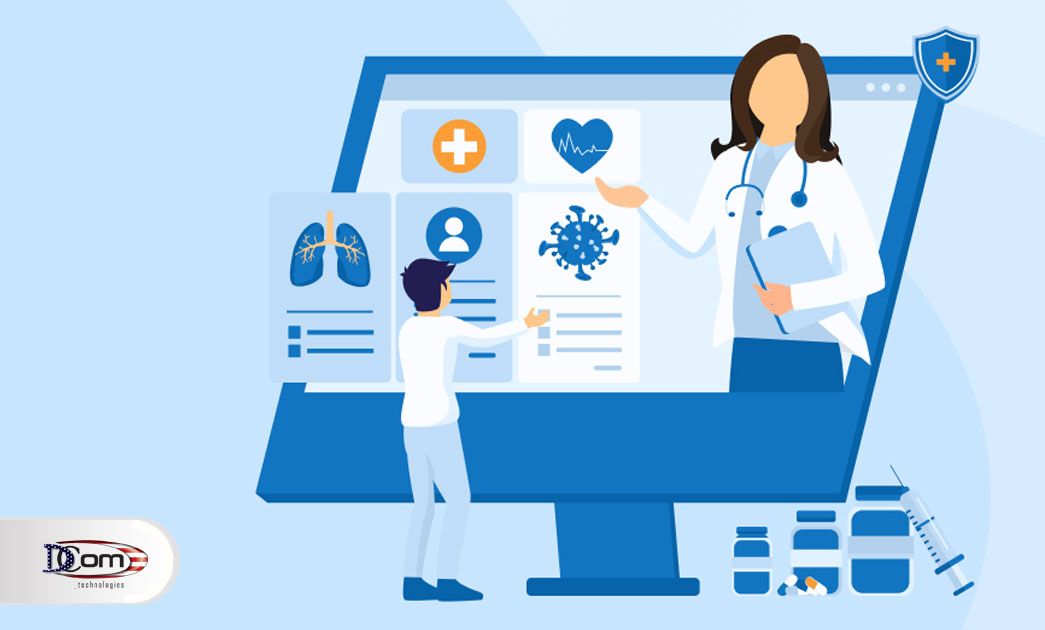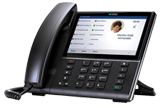Overview:
The way providers and patients interact in the rapidly evolving landscape of healthcare, the integration of patient engagement software is transforming. By leveraging IT services for healthcare technology to enhance communication, streamline processes, and foster collaboration, these tools are revolutionizing healthcare delivery and leading to significantly improved health outcomes and increased patient satisfaction.
Patient Engagement Software
For improving health outcomes, communication between healthcare providers and patients can be enhance by patient engagement software. It offers features like appointment scheduling, secure messaging, educational resources, and reminders. This technology fosters active patient participation in their care, leading to increased satisfaction and adherence to treatment plans.
Enhancing Communication and Access to Information
Communication between healthcare providers and patients only by patient engagement software. In contrast, patient engagement software provides secure, real-time communication channels that facilitate instant messaging, video consultations, and easy access to health records. This immediacy ensures that patients can receive timely advice and support, which is critical for managing chronic conditions and addressing acute issues.
For instance, platforms like MyChart and Healow enable patients to view their medical history, lab results, and medication lists. They can also schedule appointments and request prescription refills online. This transparency and accessibility empower patients to take an active role in their healthcare, leading to better adherence to treatment plans and more informed decision-making.
Personalized Care and Improved Outcomes
Patient engagement software allows for personalized care, which is essential for improving health outcomes. By utilizing data analytics and machine learning, these tools can identify patterns and predict potential health issues before they become severe. For example, chronic disease management programs can monitor patients’ vital signs and provide real-time feedback, alerting both patients and providers to any concerning changes.
Additionally, personalized reminders and educational content can be tailored to individual patients, helping them understand their conditions and the importance of following prescribed treatments. This tailored approach not only enhances patient education but also fosters a sense of accountability and involvement in their own health management.
Streamlining Administrative Processes
The integration of patient engagement software also streamlines administrative processes, reducing the burden on healthcare staff and minimizing errors. Automated appointment scheduling, billing, and insurance verification processes free up time for healthcare providers to focus on patient care. Moreover, these systems often include features for tracking patient interactions and outcomes, which can be invaluable for quality improvement initiatives and ensuring compliance with healthcare regulations.
Increasing Patient Satisfaction
A crucial aspect of healthcare delivery is patient satisfaction, which is significantly enhanced through the use of patient engagement software. When patients feel heard and supported, their overall experience with the healthcare system improves. The convenience of digital communication, along with the ability to access information and manage appointments online, reduces the stress and frustration often associated with healthcare visits.
Surveys and feedback tools integrated into patient engagement platforms allow healthcare providers to gather insights directly from patients, identifying areas for improvement and addressing concerns promptly. This proactive approach to patient feedback not only enhances satisfaction but also builds trust and loyalty.
Conclusion:
Patient engagement software is a powerful tool that is revolutionizing healthcare by enhancing communication, personalizing care, streamlining administrative processes, and increasing patient satisfaction. As technology continues to advance, the integration of these tools will become increasingly essential in delivering high-quality patient-centered care, protecting patient information IT services for healthcare in Florida. Healthcare providers who embrace these innovations will be well-positioned to improve health outcomes and meet the evolving needs of their patients in a dynamic healthcare landscape.




.jpg)